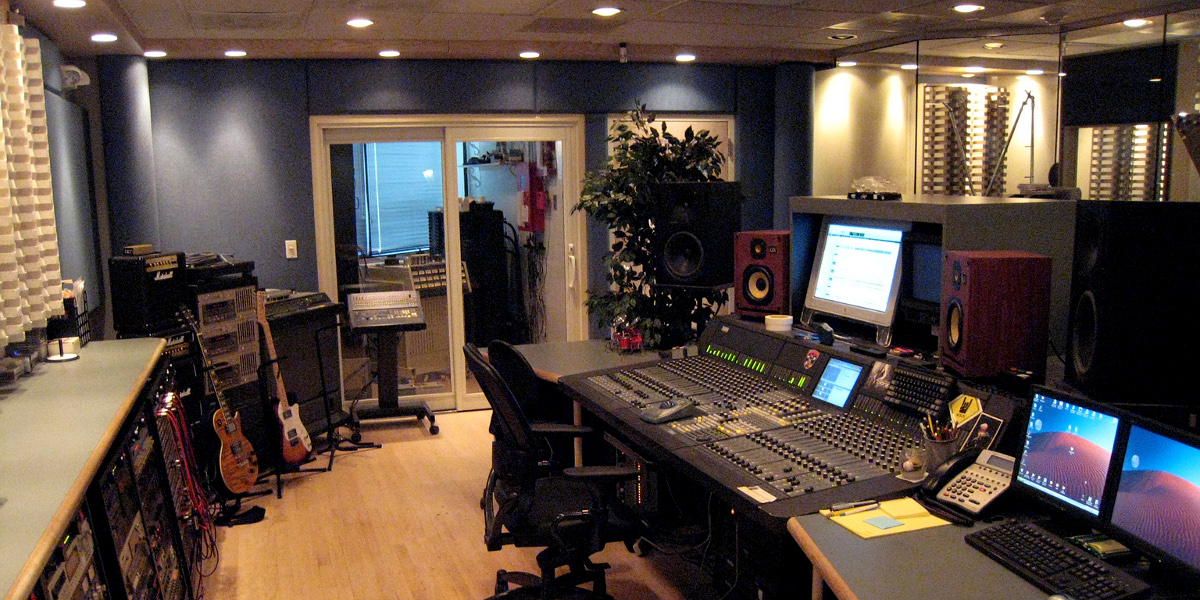Live music’s soundproof problem

Many venues have chosen to dampen live music rather than invest in expensive soundproofing.
As high-density urban living becomes more common in Australia’s larger cities, many live music venues are under increasing pressure to restrict noise levels. In an industry that’s already feeling the pinch, forced renovations could be enough to see many of iconic venues close. So what can be done?
When sound leaks from venues, there are two options: improve soundproofing in those venues or reduce the sound levels permitted at the venue.
Many venues have already had to reduce their noise levels to a point where many bands simply can’t perform; they’re either not allowed drums/ amplified instruments, or the noise restrictions mean genres that need to be played loudly simply aren’t possible.
Acoustics is a complicated field, and there are far greater minds than mine working in it, but basically soundproofing exists to do two things: to keep sound from getting in, and to keep sound from getting out.
There are several ways in which this can be achieved, though the methods are often complicated and costly.
Volume up, noise complaints down?
Generally speaking, the thicker and denser the building material is, the greater the reduction in sound. This reduction is referred to as transmission loss.
Most people intuitively know that a big concrete wall will block more sound than a thin plasterboard wall. But transmission loss is also frequency-dependent, with higher frequencies easier to reduce than low frequencies.
Hold your hand in front of your mouth while talking to someone: they’ll still understand you but your voice will lose a lot of its brightness, which is the high-frequency content of the waveform. That also explains why you only really hear the bass and kick drum walking past a club (or when a car with a really loud sound system drives by).
Sound waves will travel from their origin until they meet some resistance (ie a wall) that absorbs or reflects them, or they simply run out of energy.
The trouble starts when the sound wave created by a four-piece rock band doesn’t run out of energy before it reaches the lounge room of the couple who moved into an apartment thinking it would be cool to move to an area known for its live music, but who now complain at every chance they get.
The trick is to absorb the energy of the waveform before this happens.
The best way to achieve transmission loss is to completely “float” a room – a technique that’s quite common in recording studios, where keeping each tracking room and the control room isolated from each other is important.
Floating a room basically means isolating, or uncoupling, the walls, floor and ceiling from the foundation of the building: it’s like building a room within a room.
Hang the expense
Studio-quality soundproofing is too costly for many venues.
It’s very expensive to construct, and fully floated rooms are uncommon in live music venues.
Often it’s just the walls and ceilings that are treated, with certain types of glue and other specialised building materials also providing some degree of transmission loss between the inner and outer walls and the ceiling.
Doors and windows need to be properly sealed, and most venues also need some sort of antechamber, which – in a sense – acts like an airlock, reducing the noise spilling onto the street whenever someone enters or leaves the room.
It can be prohibitively expensive to retrofit soundproofing to an already constructed building. It’s also time-consuming, meaning the venue will need to be shut and therefore not make any money while the renovations take place. If the building is old or heritage-listed, the process will be more difficult still.
Thankfully, some state governments are taking steps to protect live music venues. Melbourne has always had one of, if not the, strongest live music scenes in the country. The Victorian State Government’s new “agent of change” principle means any new residential developments near music venues will be responsible for keeping the sound out, instead of forcing venues into expensive renovations to keep the sound in.
Conversely, anyone who decides to open a new music venue near residential apartments will be responsible for ensuring their building has appropriate soundproofing.
The South Australian Government is looking at the Victorian changes to see if they may be applicable to Adelaide, with Planning Minister John Rau saying recently that he was actively examining the “interface between live music venues and residents”.
Brisbane City Council has had a similar plan in place since 2006, though specific to venues in the Fortitude Valley entertainment precinct.
Hopefully such steps will help to protect live music venues throughout the country.
Yanto Browning is associate lecturer in Music and Sound at Queensland University of Technology.
This piece was first published in the Conversation.





